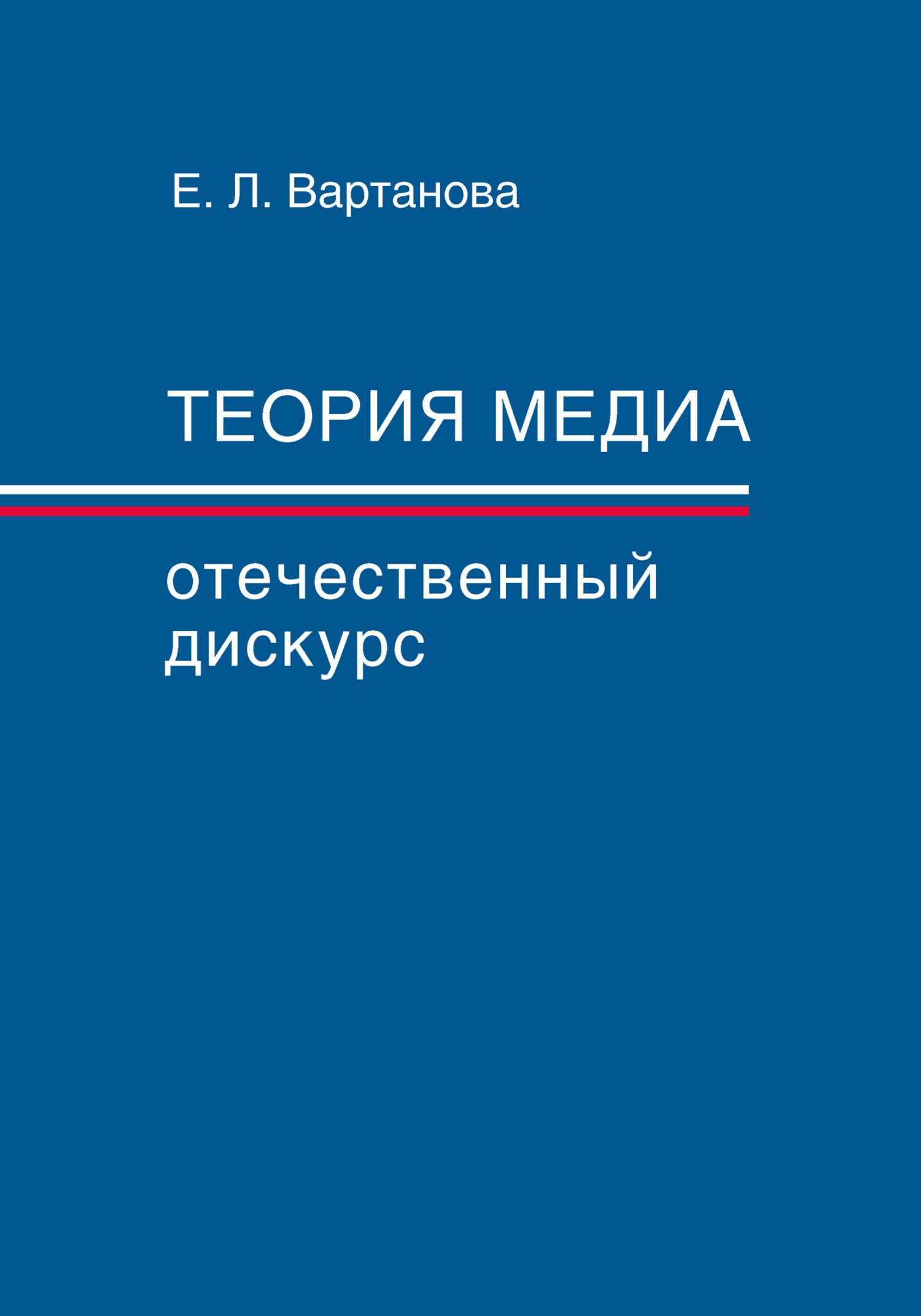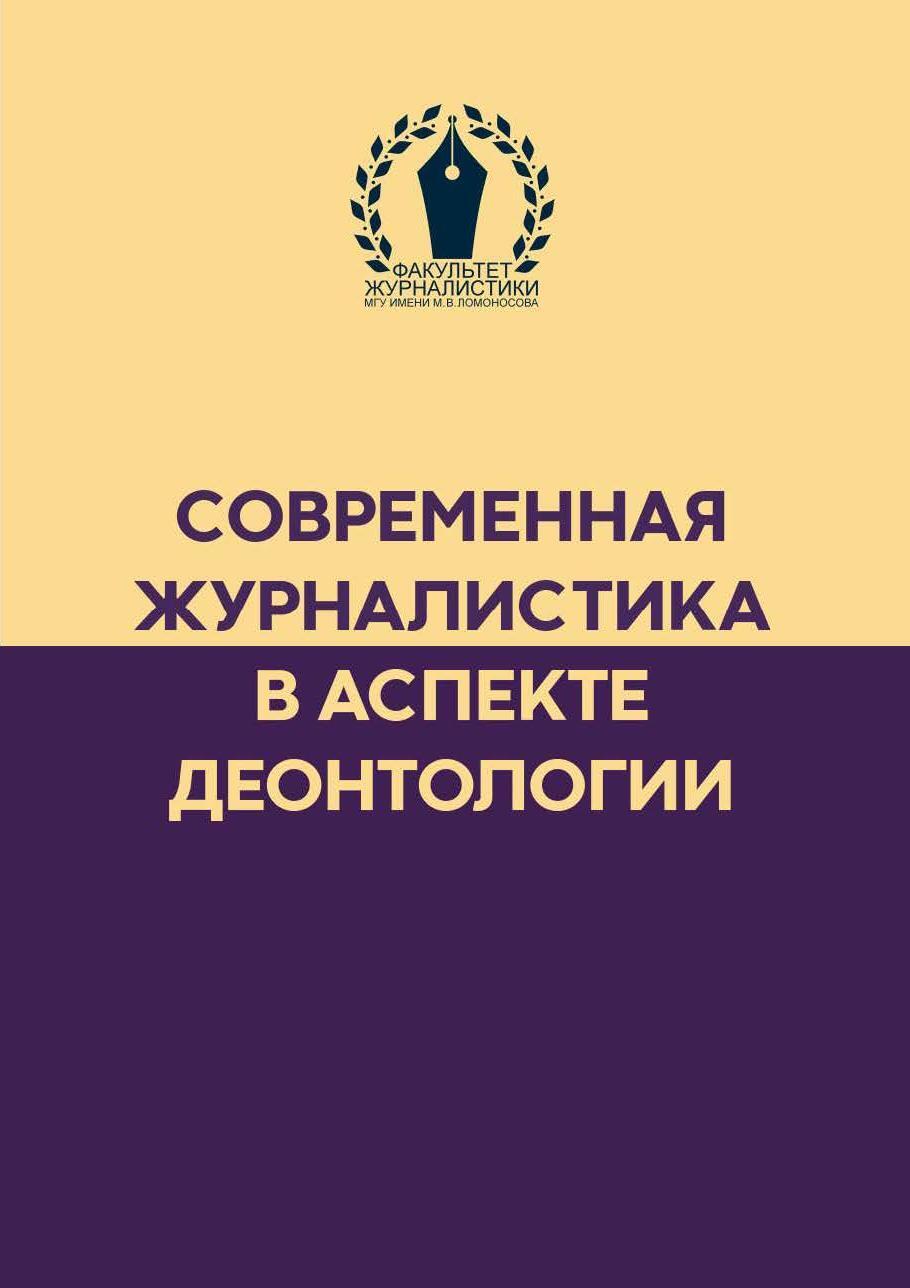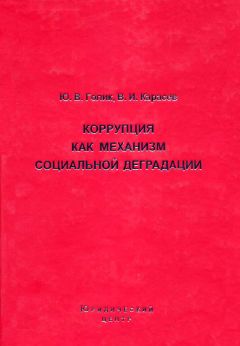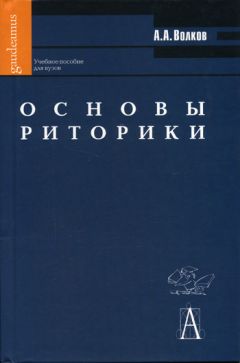O. (2006)
News Media and Power in Russia. L., NY: Routledge.
417. Korkonosenko S. G. (2015) Russian Journalism Theory in a Changing Global Context. Asian Social Science 11(1): 329–334.
418. Krippendorff K. (1989) On the Ethics of Constructing Communication. In: Dervin B., Grossberg L., O’Keefe B.J., Wartella E. (eds.) Rethinking Communication. Vol. 1. Paradigm Issues. Newbury Park, CA: Sage, pp. 66–96.
419. Krotz F., Hepp A. (2011) A Concretization of Mediatization: How ‘Mediatization Works’ and Why Mediatized Worlds Are A Helpful Concept for Empirical Mediatization Research. Empedocles: European Journal for the Philosophy of Communication 3(2): 137–152.
420. Kung L., Picard R., Towse R. (eds.) (2008) The Internet and the Mass Media. London: Sage.
421. Laitila T. (1995) Journalistic Codes of Ethics in Europe. European Journal of Communication 10(4): 527–544.
422. Lasswell H. (1948) The Structure and Function of Communication in Society. In: Bryson L. (ed.) The Communication of Ideas. New York: Institute for Religious and Social Studies, pp. 37–51.
423. Lee M., Jin D. Y. (2018) Understanding the Business of Global Media in the Digital Age. New York: Routledge.
424. Liebowitz S. J, Margolis S. E. (1999) Path Dependence. In: Bouckaert B., De Geest G. (eds.) Encyclopedia of Law and Economics. Ghent: Edward Elgar and the University of Ghent, pp. 981–998.
425. Lindgren S. (2017) Digital Media and Society. London: Sage.
426. Livingstone S. (2003) On the Challenges of Cross-National Comparative Media Research. European Journal of Communication 18(4): 477–500.
427. Lowery S. A., DeFleur M. L. (1988) Milestones in Mass Communication Research. 2nd ed. New York: Longman.
428. Lundby K. (ed.) (2009) Mediatization: Concept, Changes, Consequences. New York: Peter Lang.
429. MacFadyen D. (2007) Russian Television Today: Primetime Drama and Comedy. London: Routledge.
430. Manovich L. (2001) The Language of New Media. Cambridge: MIT Press.
431. Mansell R. (2011) New Visions, Old Practices: Policy and Regulation in The Internet Era. Journal of Media & Cultural Studies 25(1): 19–32.
432. Mazzoleni G., Schulz W. (1999) ‘Mediatization’ of Politics: A Challenge for Democracy? Political Communication 16(3): 247–261.
433. McLuhan M. (1964) Understanding Media. The Extensions of Man. New York: McGraw-Hill.
434. McLuhan M., McLuhan E. (1992) Laws of Media: The New Science. Toronto: University of Toronto Press.
435. McNair B. (2000) Power, Profit, Corruption, and Lies: The Russian Media in the 1990s. In: Curran J., Park M.-J. (eds.) De-Westernizing Media Studies. New York: Routledge.
436. McPhail T.L. (2014) Global Communication: Theories, Stakeholders, and Trends. 4th ed. Chichester, West Sussex; Malden, MA: Wiley/Blackwell.
437. McQuail D. (2003) Media Accountability and Freedom of Publication. New York: Oxford University Press.
438. McQuail D. (2005) McQuail’s Mass Communication Theory. 5th ed. London: Sage.
439. McQuail D. (2010) McQuail’s Mass Communication Theory. 6th ed. London: Sage.
440. McQuail D., Siune K. (eds.) (1998) Media Policy: Convergence, Concentration, and Commerce. London: Sage.
441. Mickiewicz E. (1999) Changing Channels: Television and the Struggle for Power in Russia. Durham, NC: Duke University Press.
442. Mickiewicz E. (2008) Television, Power and the Public in Russia. Cambridge: Cambridge University Press.
443. Mihelj S., Huxtable S. (2018) From Media Systems to Media Cultures. Understanding Socialist Television. Cambridge: Cambridge University Press.
444. Miller T., Kraidy M.M. (2016) Global Media Studies. New York: John Wiley & Sons.
445. Miroshnichenko A. (2014) Man as Media: The Emancipation of Authorship. Moscow: [n. p.].
446. Mosco V. (2017) Becoming Digital. Towards a Post-Internet Society. UK: Emerald Publishinng.
447. Napoli P.M. (2003) Audience Economics: Media Institutions and the Audience Marketplace. New York: Columbia University Press.
448. Negroponte N. (1996) Being Digital. New York: Vintage.
449. Nerone J. (ed.) (1995) Last Rights: Revisiting Four Theories of the Press. Urbana: University of Illinois Press.
450. Nieminen H. (2016) Digital Divide and Beyond: What Do We Know of Information and Communications Technology’s Long-Term Social Effects? Some Uncomfortable Questions. European Journal of Communication 31(1): 19–32.
451. Nieminen H. (2019) Inequality, Social Trust and the Media. Towards Citizens’ Communication and Information Rights. In: Trappel J. (ed.) Digital Media Inequalities: Policies against Divides, Distrust and Discrimination. Sweden: Nordicom, pp. 43–66.
452. Nienstedt H.W., Russ-Mohl S., Wilczek B. (eds.) (2013) Journalism and Media Convergence. Vol. 5. Berlin, Boston, MA: Walter de Gruyter.
453. Noam E. M. (2018) Managing Media and Digital Organizations. Cham: Palgrave Macmillan.
454. Nordenstreng K. (2004) Ferment in the Field: Notes on the Evolution of Communication Studies and Its Disciplinary Nature. Javnost — The Public 11(3): 5-18.
455. Nordenstreng K. (2009) Media Studies as an Academic Discipline. In: Thussu D. K. (ed.) Internationalizing Media Studies: A Reconsideration. New York: Routledge, pp. 254–266.
456. Nordenstreng K., Paasilinna R. (2002) Epilogue. In: Nordenstreng K., Vartanova E., Zassoursky Y. (eds.) Russian Media Challenge. 2nd ed. Helsinki: Kikimora Publications, pp. 189–198.
457. Nordenstreng K., Thussu D.K. (eds.) (2015) Mapping BRICS Media. New York: Routledge.
458. Nordenstreng K., Vartanova E., Zassoursky Y. (2002) Russian Media Challenge. 2nd ed. Helsinki: Aleksanteri Institute.
459. Norris P. (2001) Digital Divide: Civic Engagement, Information Poverty, and The Internet Worldwide. Cambridge, UK: Cambridge University Press.
460. Park S. (2017) Digital Capital. London, Unified Kingdom: Palgrave Macmillan.
461. Parker G.G., Van Alstyne M., Choudary S.P., Foster J. (2016) The Platform Revolution: How Networked Markets Are Transforming the Economy and How to Make Them Work for You. New York: WW Norton.
462. Pasti S. (2010) A New Generation of Journalists. In: Rosenholm A., Nordenstreng K., Trubina E. (eds.) Russian Media and Changing Values. London: Routledge, pp. 57–75.
463. Pasti S., Ramaprasad J. (2017) Contemporary BRICS Journalism: NonWestern Media in Transition. NY: Routledge.
464. Pavlik J., McIntosh S. (2016) Converging Media: A New Introduction to Mass Communication. Oxford: Oxford University Press.
465. Picard R. G. (1989) Media Economics: Concepts and Issues. Newbury Park, CA: Sage.
466. Plantin J. C., Punathambekar A. (2019) Digital Media Infrastructures: Pipes, Platforms, and Politics. Media, Culture & Society 41(2): 163–174.
467. Postman N. (2006) Amusing Ourselves to Death: Public Discourse in the Age of Show Business. NY: Penguin.
468. Potter J., Cooper R., Dupagne M. (1993) The Three Paradigms of Mass Media Research in Mainstream Communication Journals. Communication Theory 3(4): 317–335.
469. Poushter J. (2016) Smartphone Ownership and Internet Usage Continues to Climb in Emerging Economies. Pew Research Center. Washington, D. C.
470. Prensky M. (2001) Digital Natives, Digital Immigrants. Part 1. On the Horizon 9(5): 1–6.
471. Quinn F. (2007) Law for Journalists. UK: Pearson Education.
472. Qvortrup L. (2006)





